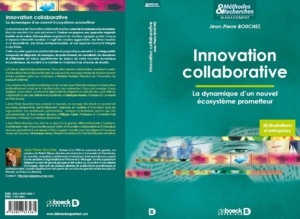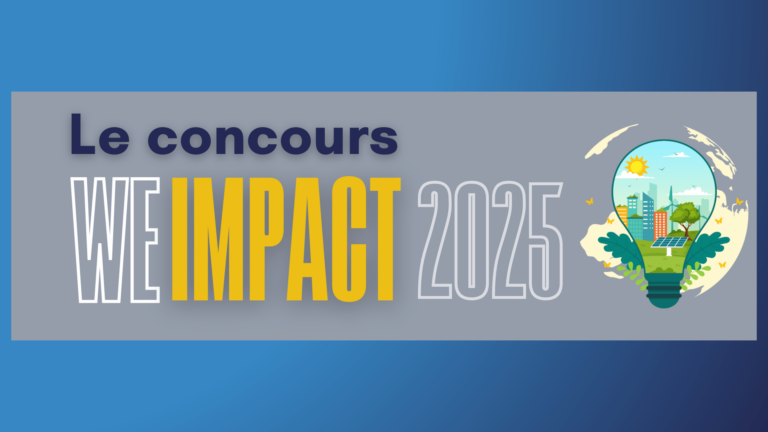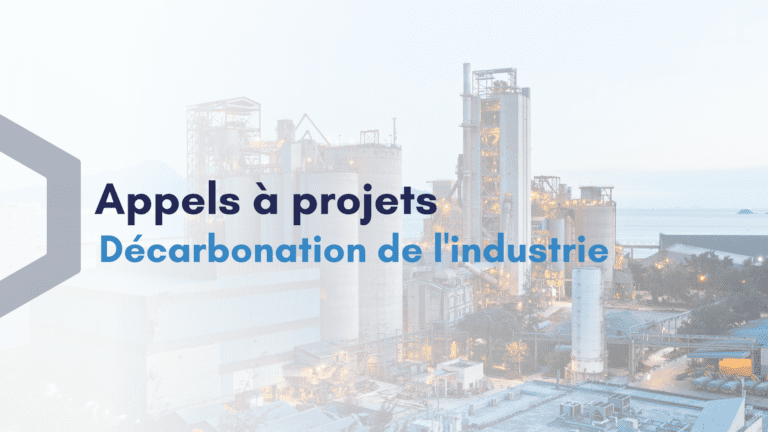This interview was conducted as part of the launch of the latest book by Jean Pierre Bouchez, PhD, Creator of PlaNet S@voir, Director of Research (HDR) at the Larequoi Laboratory, University of Paris-Saclay: "Collaborative innovation: the dynamics of a promising ecosystem". Learn more here
What is your background, your position at the University of Paris Saclay and PlaNet S @ see ?
I am, as they say, a “hybrid” worker in the sense that I combine research activities and practitioner activities (consulting and conferences). This can be explained because my career has successively taken place in three combined worlds (I am currently in the third): that of private enterprise as HRD, that of consulting as a partner, and that of academia as research director at the University of Paris-Saclay.
I have also developed, in parallel to my research work, a small structure, PlaNet S @ voir, to carry out my activities as a speaker and support for companies. I am therefore convinced that the combination of theoretical and operational activities contributes to enriching the ability to decipher organizations in their different interactive dimensions : strategy, management, organization, issues, etc. And to share them in interaction with directors, managers and researchers, so that everyone can enrich themselves collaboratively.
This reflects the cumulative nature of knowledge, in the sense that it is likely to generate and engender, particularly through these interactive exchanges, the production of new knowledge and new ideas.
How to make companies want to open their R&D to the outside in a secure and efficient way ?
I allow myself to answer this relevant question more broadly by expanding it externally and internally to fully understand its challenges.
A few years ago already, informed leaders and managers understood, particularly in the wake of the work of the American Henry Chesbrough, the need to open up their R&D to the outside world. Chesbrough indeed popularized the termOpen Innovation, in a best seller published in 2003. He defines this notion as “the intentional use of internal and external flows, to accelerate internal innovation and expand markets for the external use of innovation”.
Thus, the innovation process is articulated, combined and fed by two coupled processes: theOutside in (capture of ideas internal to the company) and the Inside out (mainly by promoting its intellectual property by marketing its patents). So with theOutside in Chesbrough clearly showed the interest that a company can have in calling on external stakeholders (notably customers, suppliers, etc.), to stimulate and develop innovation internally and initiate the notion of an innovative ecosystem. In other words, innovation processes can no longer remain "locked up" within large labs alone, on the pretext that innovations were not invented within this framework... "Not Invented Here", for NIH, according to the consecrated expression.
But this approach will, especially in recent times, go much further, in particular on the part of large enlightened groups, like Dassault Systèmes, very advanced on this subject, but many others as well, like some banking groups. Indeed, under the influence of the "start-up spirit", new forms of collaborative innovation have thus developed within certain large firms, through several mechanisms: internal fablabs, corporate coworking spaces, internal accelerators and incubators, internal collaborative innovation platforms, entrepreneurial approaches, etc. By paraphrasing and extending Chesbrough's terms, one could then use the expression ofInside-in...
What are the 4 levels of interactive spaces that make up the notion of ecosystem ?
I indeed proposed to identify four levels of interactive spaces which are positioned and briefly described, in the form of the following table, thus underlining their respective ecosystem aggregation levels which fit together to promote this dynamic. This goes from the Meta level, over a large urban area, to the Micro level, within the framework of dedicated spaces within companies.
In the rest of the answer to the questions we will not develop the Meta-ecosystem level, the prototype of which has naturally been constituted for a long time by Silicon Valley. But it should be noted in this regard that the growth of negative externalities: rising cost of real estate, overloading of transport networks and traffic jams, noise pollution, etc.
| Meta-ecosystem | Geographically concentrated spaces within the framework of economic agglomerations and clusters (start-ups, research centers, universities, large firms, etc.). |
| Macro-ecosystem | Innovative coopetitive partnerships, revolving around a leading pivotal firm, whose heart is most often positioned within Meta-ecosystem spaces. |
| Meso-ecosystem | Companies whose leaders encourage and promote a climate favorable to the culture of open innovation and risk-taking: internal entrepreneurial approaches, internal incubation practices, etc. |
| Micro-ecosystem | Dedicated spaces for inspiring and transforming companies, relatively permissive, specifically dedicated to collaborative and even disruptive innovation. This is the typical case of the fablab family, but also of corporate coworking spaces. |
To be complete on this question, it seems to me useful to also present in the form of a summary table, the five combined and interactive components which seem to me to characterize an innovative ecosystem. These are: the general context, places, links, actors and projects. It is therefore a matter for organizations to promote as much as possible, the consideration of these components with a view to their articulation, so as to promote collaborative innovation practices. The following table therefore describes them in a condensed manner.
| General context | Environments necessarily favorable to innovation around a technological, intellectual and business “atmosphere”, like industrial clusters. |
| Places | Geographical spaces whose extent varies according to the different levels: Meta, Macro, Meso and Micro. |
| Connections | Of different nature and possibly combined: geographical, social, economic intellectuals…, whether formal or informal. |
| Actors | Involved in this ecosystem most often made up of organizations and knowledge workers. |
| Projects | Promising, often disruptive in nature and resulting from interactive productions between the four previous components. |
These two combined tables allow me, it seems, to understand what covers, in a renewed perspective, the dynamics of collaborative innovation within the framework of a promising ecosystem. This ecosystem can be presented as a form comparable to a business network within which different actors, organizations and stakeholders interact in a cooperative way, but also in a competitive way, with a view to precisely bringing out innovations.
How the digital revolution and the current crisis are accelerators of collaborative innovation ?
The digital revolution is undoubtedly a contributing accelerator of collaborative innovation, in particular through the potential multiplication of exchanges between actors and organizations. Digital interactions therefore undoubtedly increase the possibility of bringing out new and promising ideas. But these necessary interactions are not entirely sufficient. It goes without saying that these digital exchanges (including to a certain extent videoconferencing-type devices) must necessarily be combined with exchanges in physical and social proximity. They bring, by their nature, a surplus of authenticity as well as an irreplaceable singular dimension, essential to collaborative proximity innovation.
The current crisis associated with the pandemic has led, as we know, to an increase in the use of these videoconferencing devices which undeniably have advantages, although they never completely replace, as indicated, the interaction in physical proximity. They certainly contribute to deeply rethinking our way of working, thinking and innovating…. The almost complete teleworking set up by certain firms, however, seems to me in certain respects very dangerous, in particular with regard to the loss of social ties, even the feeling of belonging to "one's" company. He participates, whether we like it or not, in a form of physical and intellectual segregation between - to simplify widely - white collar workers (knowledge workers in short) and blue collar workers (physically enslaved to their workplaces). That said, we cannot imagine highly qualified personnel (airplane or TGV pilots), teleworking….
What advice would you give to a company to develop its ecosystem and make it virtuous? ?
Everything naturally depends on the size, strategy, challenges, etc., of the company. But it is good to remember that in a business universe (as indeed in other universes), the power and the appropriate use of personal and professional social networks constitute a social capital conducive to developing fruitful collaborations. This implies an ability to forge relationships conducive to promising interactions, in particular through contacts for collaboration with start-ups, researchers, clients (such as lead users), communities and innovation platforms. , etc., conducive to fitting into a partnership ecosystem.
The large enlightened firms, particularly in the extension of Chesbrough's work, have thus grasped the collaborative benefits that they could derive, in particular through their position as leader and orchestrator, within the framework of intelligent ecosystem interactions without set up as a dominator, or even a predator, as can happen ... Just as in a combined manner, smaller, equally enlightened firms have also seized the opportunities to integrate this type of ecosystem in partnership.









